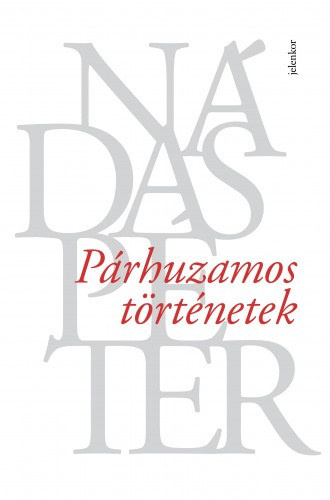What do you think?
Rate this book


1644 pages, Hardcover
First published January 1, 2005
He was taking with him the taste and smell of strange men's lips, gums, teeth, saliva, and cocks; her cherished this, as he did his own imminent death, for which he had to take only a few more, possibly painful steps. He will take everything with him - pp 626